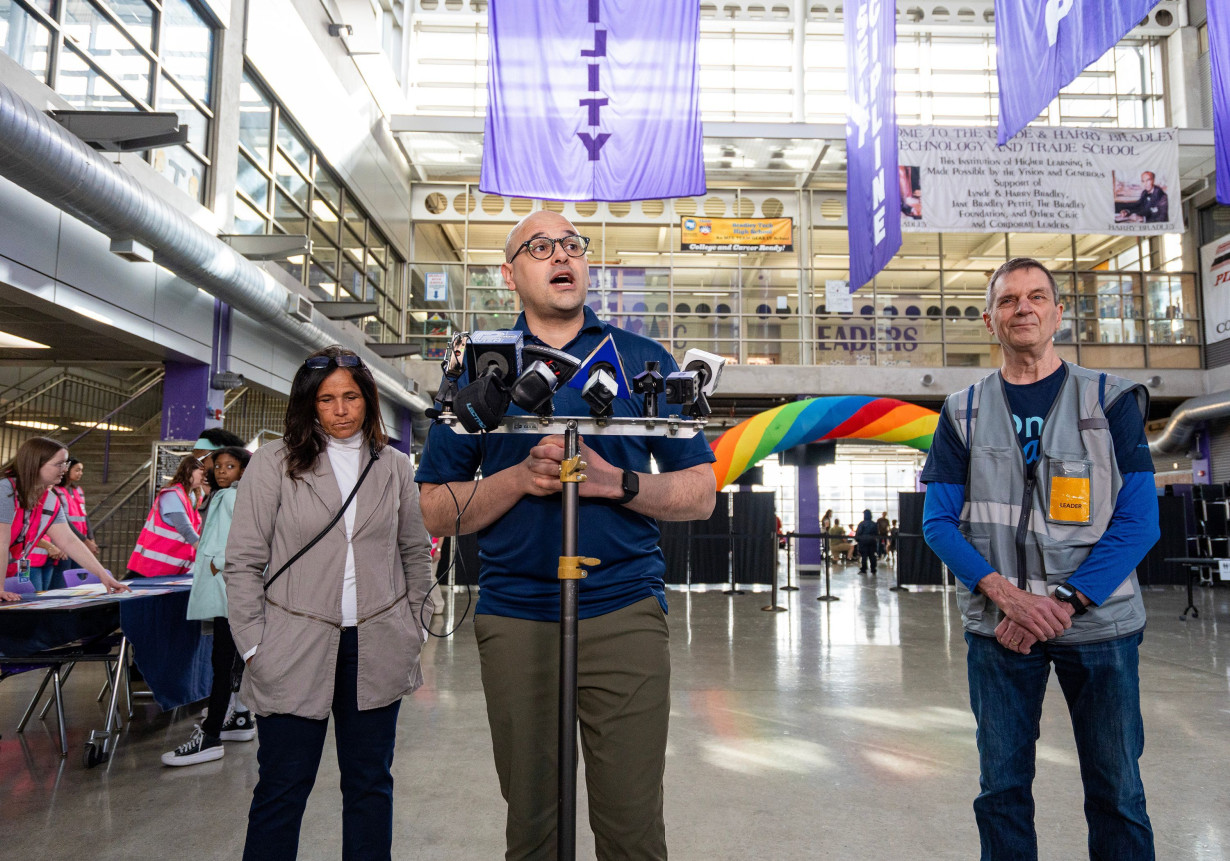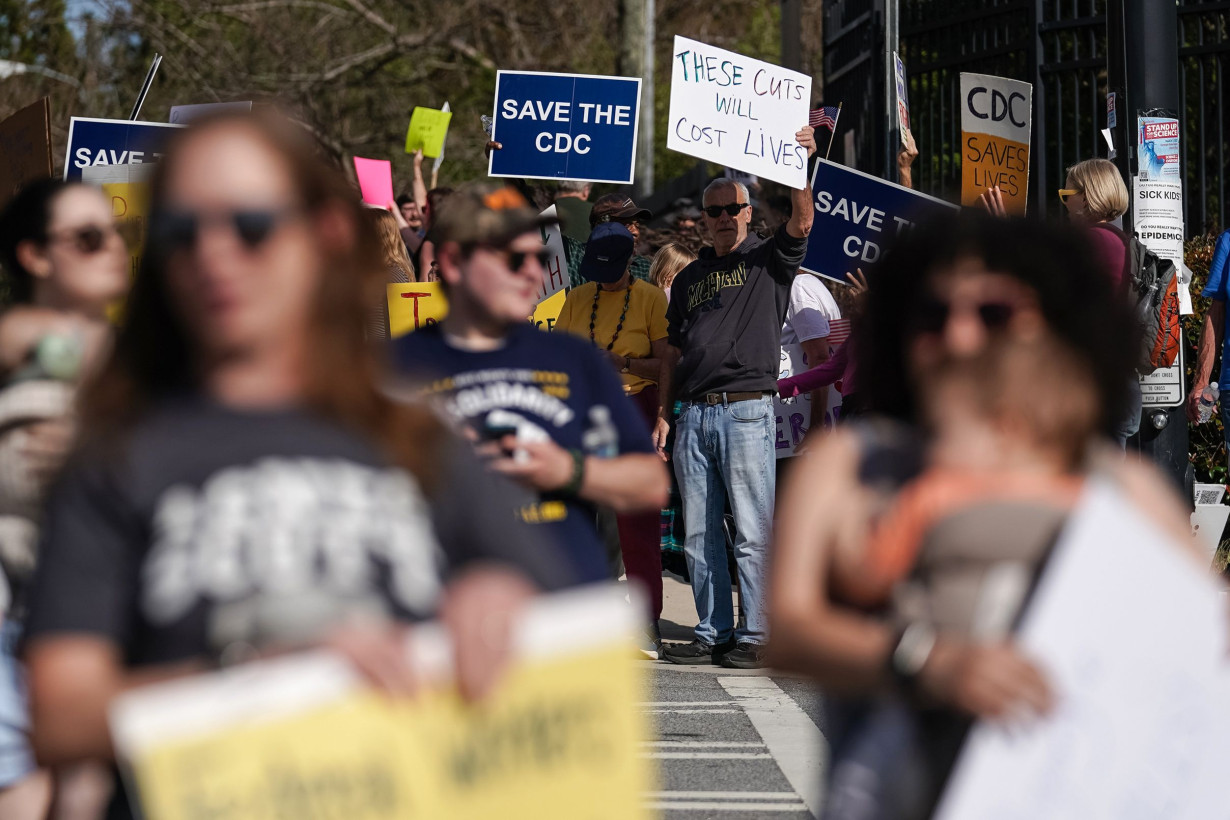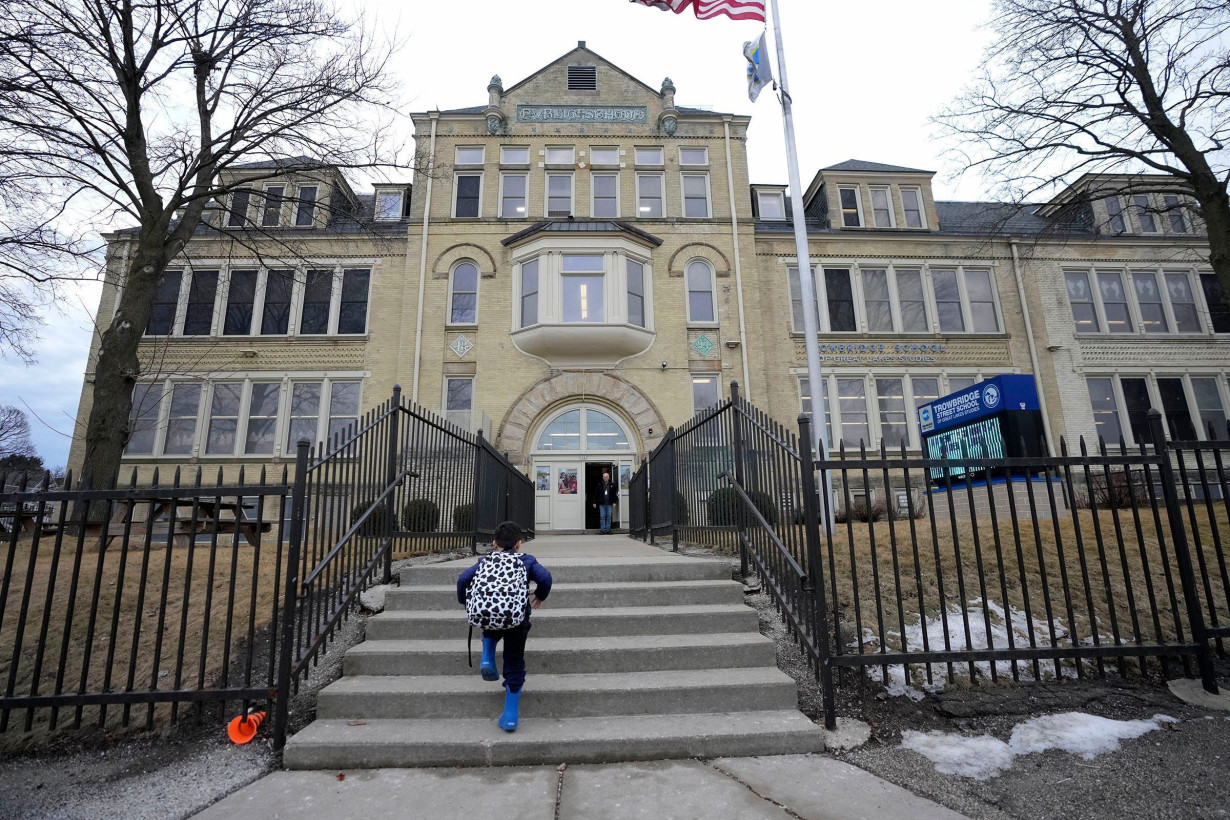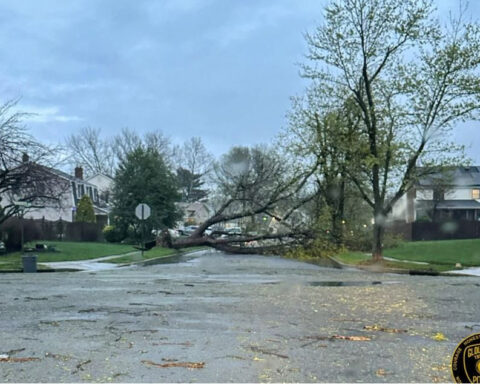(CNN) — A few months ago, a test revealed that a child in Milwaukee had elevated levels of lead in their blood.
The results triggered an investigation into the family’s home, then the child’s school and then more aging school buildings still riddled with lead paint.
With 68,000 students in the Milwaukee Public Schools district and dozens of buildings potentially affected, the city’s health commissioner, Dr. Michael Totoraitis, knew that he needed more help, so he reached out to the National Center for Environmental Health, a division of the US Centers for Disease Control and Prevention, to make a plan to address the threat.

For the past two months, Totoraitis has been working with a medical toxicologist to triage, essentially, which schools and children might need additional screening and how to understand the lead levels they might find.
On Tuesday, he got an email that made his stomach drop.
The environmental health team he had been working with at the CDC had been cut, swept up in a massive layoff of federal health workers that’s hitting entire divisions of some agencies. Many employees were immediately placed on administrative leave and are no longer able to access their work.
“They were able to send a last email giving us new points of contact, but the new points of contact were essentially unable to say what level of support they would provide us moving forward,” Totoraitis said.

Totoraitis had also put in a request for Epi-Aid, a short-term loan of an officer from the CDC’s Epidemic Intelligence Service, or EIS. These officers, often called “disease detectives,” are sent to state and local health departments to investigate urgent public health problems. The commissioner hoped an additional person would help scale up testing programs at the schools to help reach the most vulnerable students, those whose families might not be able to follow through on the school district’s recommendation to see a pediatrician for testing.
So far, the EIS program hasn’t been affected, but with deep cuts elsewhere at the agency, Totoraitis said he wasn’t sure the Epi-Aid would come through, either.
“We have issues with the transportation and access and busy parents, and being able to bring the testing to the schools, or to a community center near a school, is an effective strategy that worked really well during the pandemic,” he said. “We’re trying to replicate that here.”
‘We no longer have lead experts’
When US Health and Human Services Secretary Robert F. Kennedy Jr. announced the restructuring of his sprawling agency last week, he pledged that the organization would elevate a new priority: “ending America’s epidemic of chronic illness by focusing on safe, wholesome food, clean water, and the elimination of environmental toxins.”
The CDC lost roughly 2,500 workers on Tuesday. In some cases, whole divisions and programs were wiped out. One of those was the Lead Poisoning Prevention and Surveillance Branch in the agency’s National Center for Environmental Health.
“We no longer have lead experts,” said a person at the agency who spoke on the condition that they not be named because they were not authorized to share the information.
The EIS program remains, but an officer from that program would have coordinated with experts in the lead program and won’t be able to do that now. “So we won’t be able to provide that service at this time,” the person said, adding that the CDC may be able to send someone to help but that the help provided might be different than it would have been before the cuts.
The Milwaukee Department of Health put in its Epi-Aid request on March 26, city spokesperson Caroline Reinwald said.
It typically takes two to three weeks to get an answer. The city has confirmation that the request was transferred from the National Center for Environmental Health to another branch of the CDC, the Agency for Toxic Substances and Disease Registry, or ATSDR. Last week, HHS said that office would be absorbed into a new agency, the Administration for a Healthy America, although it isn’t clear when that will happen or how its priorities might change.
HHS said Thursday that efforts to address lead issues would continue through ATSDR.
ATSDR ”did not have any cuts in the reduction in force,” said Andrew Nixon, director of communications for the HHS. “One of [ATSDR’s] areas of focus is on toxic chemicals and this work with lead will continue there. The CDC is returning to its core mission of preparing for and responding to epidemics and outbreaks. Through the reorganization, HHS is reducing redundancies across the enterprise and consolidating efforts to better serve the American people.”
The loss of the National Center for Environmental Health experts is the latest blow from the federal government to hit the Milwaukee health department, coming barely a week after it learned that it would lose about $5 million in government funding distributed in the wake of the Covid-19 pandemic. Milwaukee’s funding was part of an $11.5 billion clawback by HHS.
“The COVID-19 pandemic is over, and HHS will no longer waste billions of taxpayer dollars responding to a non-existent pandemic that Americans moved on from years ago,” Nixon said in a statement about the cuts.
Democratic governors and attorneys general in 23 states and DC filed suit against HHS and Kennedy this week, alleging that the department’s sudden clawback of funding was unlawful and harmful.
Totoraitis knows that “Covid funding” sounds like cities and states were sitting on piles of money leftover from Covid tests or treatments, but they weren’t.
“I think one of the real critical pieces is that they were funding Covid recovery, not Covid response,” Totoraitis said.
Milwaukee was using a substantial chunk of that money to improve ventilation in congregate care settings like homeless shelters and nursing homes, “places where a lot of people were sleeping, put everyone at highest risk for exposure and spread of flu and Covid,” he said. It won’t be able to finish the project.
It also had to end a partnership to train public health workers and another to start a neighborhood nursing program to visit people where they live.
“That was really frustrating,” Totoraitis said.
The latest and most pressing threat for the city, however, is lead.
Tackling lead paint hazards in aging schools
Milwaukee’s crisis began in January, after a child tested positive for an elevated level of lead in their blood. Children are considered exposed if they have lead levels above 3.5 micrograms per milliliter, according to the CDC. This child’s level was closer to 15, Totoraitis said.
Lead tastes sweet and is especially tempting to young children who are always putting their hands in their mouths and kids with developmental disabilities that make them susceptible to pica, the desire to eat things that aren’t normally considered food. Lead is toxic to the brain, and exposure to even low levels can lower a child’s IQ and contribute to problems with attention and behavior.
The child’s test results were sent to the Milwaukee health department, where they triggered an environmental investigation to find the source of the toxic heavy metal. These kinds of investigations are part of the critical work undertaken every day by local health departments to address health risks that might not be picked up any other way.
Tests from the family’s home and those of close relatives found nothing containing lead. Yet strangely, the child’s lead level didn’t drop as it should have if the threat had been removed. The child continued to be actively exposed to something, but where?
“That led us into the to the school, based on the further continued investigation with the family and the child,” Totoraitis said.
Then, two other students in the district were found to also have high blood lead levels.
From there, the problem snowballed. Tests of dust around the windowsills and on the floors at the child’s elementary school found lead levels far above federal safety thresholds. Investigators zeroed in on lead paint in a basement bathroom as the likely source of the child’s lead poisoning.
As a next step, the city reviewed the school district’s building records and discovered that 100 out of 150 buildings were built before 1978, when it was still legal to use lead in paint. Many had not been well-maintained.
“We were able to determine pretty quickly that there was widespread lead hazards in many of the schools,” Totoraitis said.
The health department has identified seven schools with unsafe lead levels. As of Friday, three remain closed for cleanup.
The department has held two free clinics for students and tested several hundred of them, but officials want to screen more.
That will be difficult to do without the CDC’s help.
“This is just another example of how quickly federal policy can affect local on the ground work,” Totoraitis said. “I think, for a lot of our city residents who are following the lead crisis here in our schools, when we continue to update everybody, this is yet another complication to the work that we’re doing.”
It won’t be the only place with challenges ahead. The extent of the cuts at the CDC and other health agencies isn’t clear.
Lori Tremmel Freeman, chief executive officer of the National Association of County and City Health Officials, said that local, state and federal health departments play equally important but different roles in supporting public health, like the legs on a stool.
“If you’re cutting off one leg off a three-legged stool at its knees, the stool is going to fall over. It’s going to cripple and fall down,” Freeman said. “And I’m worried about our governmental public health system overall, when we are losing positions in key health agencies that support really crucial functions all day, every day, to keep people safe and healthy in counties and cities across this country.”
The-CNN-Wire
™ & © 2025 Cable News Network, Inc., a Warner Bros. Discovery Company. All rights reserved.

 Trump has begun another trade war. Here's a timeline of how we got here
Trump has begun another trade war. Here's a timeline of how we got here
 Canada's leader laments lost friendship with US in town that sheltered stranded Americans after 9/11
Canada's leader laments lost friendship with US in town that sheltered stranded Americans after 9/11
 Chinese EV giant BYD's fourth-quarter profit leaps 73%
Chinese EV giant BYD's fourth-quarter profit leaps 73%
 You're an American in another land? Prepare to talk about the why and how of Trump 2.0
You're an American in another land? Prepare to talk about the why and how of Trump 2.0
 Chalk talk: Star power, top teams and No. 5 seeds headline the women's March Madness Sweet 16
Chalk talk: Star power, top teams and No. 5 seeds headline the women's March Madness Sweet 16
 Purdue returns to Sweet 16 with 76-62 win over McNeese in March Madness
Purdue returns to Sweet 16 with 76-62 win over McNeese in March Madness








